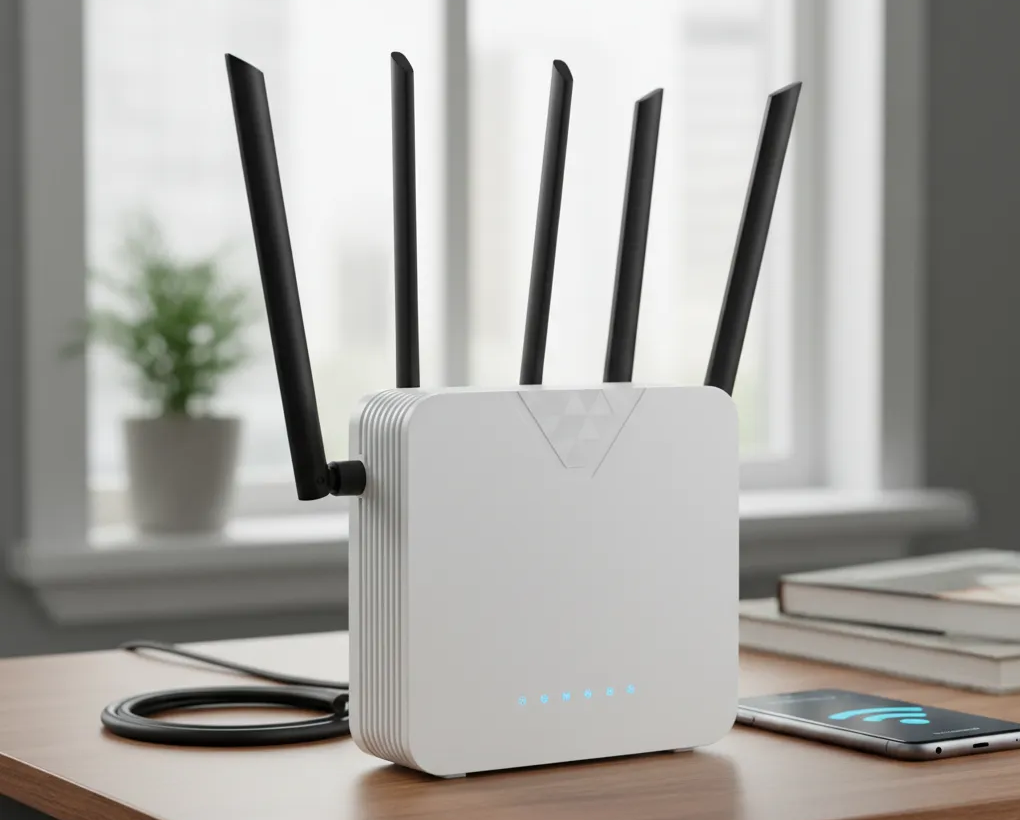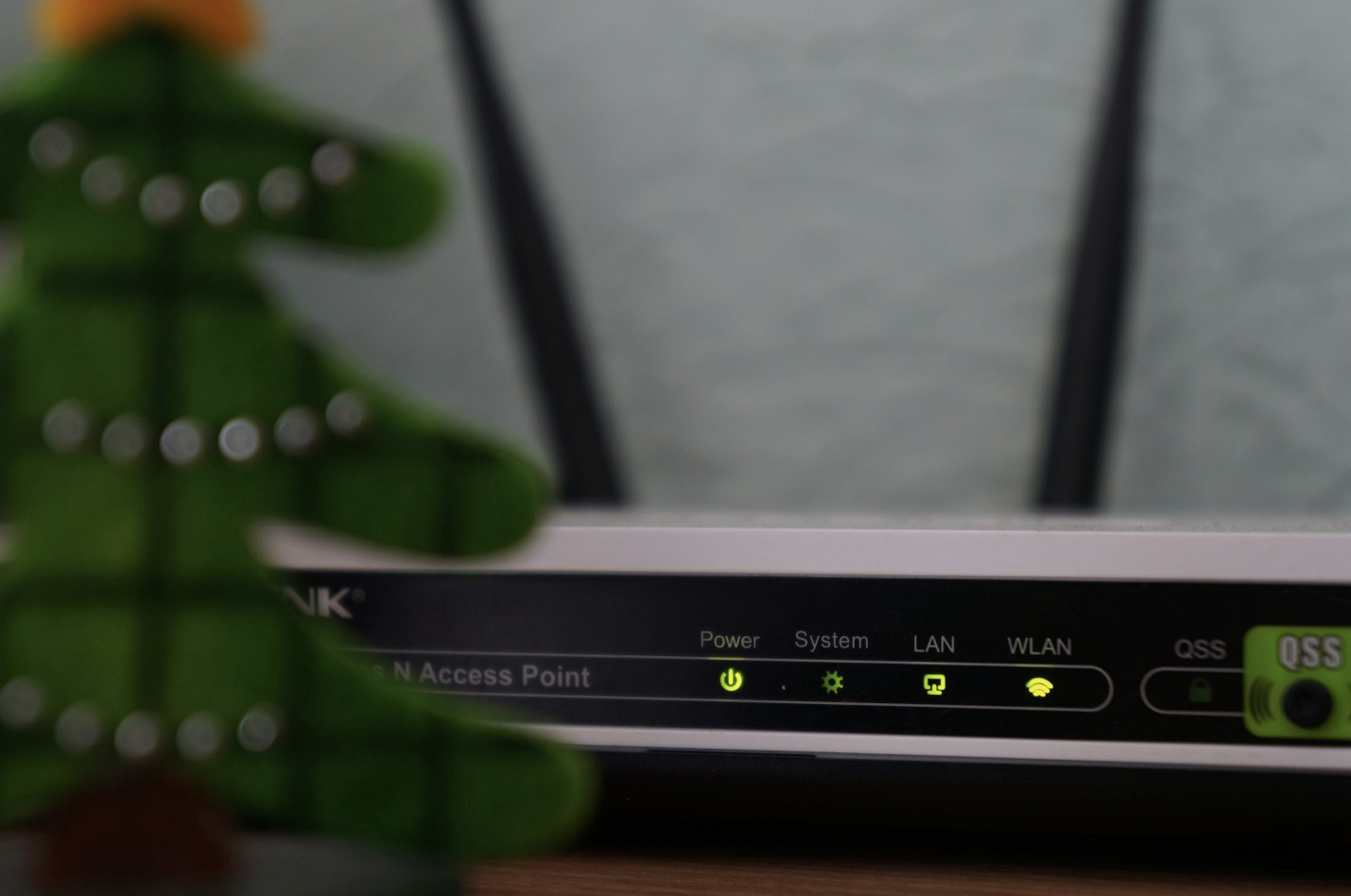
Today, your home network is pretty much what everything in life revolves around. Your average household, for instance, may have laptops, phones, smart TVs, and sensors all connected to the same router. That’s a bigger attack surface.
Criminals specifically look out for weak passwords, outdated firmware, and reckless clicks. A single lapse can expose so much banking data, private photos, and work files. The risk is real, but the good news is that you don’t require enterprise tools to fight back.
DIY approaches actually work. Focus on the few habits and settings you can control, securing the router with strong Wi-Fi encryption, keeping devices updated, segmenting guests from smart gadgets, and monitoring for odd behavior or just odd-looking logs. All of these are fast, inexpensive, and actually good steps to take.
Signs to Look For: When Your Home Network Might Be Compromised
Your home network usually shows subtle signs before something more serious happens. Some common examples include low performance, strange browser redirects, or unfamiliar homepages, indicating that a hijacker has probably taken over your device. One such common adversary is the Search Marquis hijacker, which changes browser settings and hoards information. Learning about browser hijackers and signs to look for is of key importance for corporate security. It’s highly recommended to strive to stay safe by learning how to get rid of Search Marquis on Mac.
Unfamiliar extensions, constant pop-ups, or changes in settings that you did not authorize are things you should not ignore. They are warnings. Perhaps it’s time to look at your devices and update those defenses.
Step 1: Secure Your Router
The entry point to your house is through the router to the entire home network security. They happen to try to attack well-protected spots through your router if left exposed, for every other barrier would be easier to bypass.
Change default credentials
Most routers ship with a common username and password. This information is easily known by attackers, or they can just look it up. Leaving it unchanged is like leaving your front door unlocked. Create a strong and unique password for both the router login and the Wi-Fi network. Use letters, numbers, and symbols, and avoid using personal information that’s easy to guess.
Keep firmware updated
Firmware is the software that is operational in your router. Outdated versions may contain certain bugs that hackers could make use of. To fix these and upgrade features, manufacturers regularly release updates. Check your router’s configuration or the manufacturer’s site every few months at least. If available, turn on automatic updating to avoid missing any critical improvements.
Step 2: Strengthen Wi-Fi Protection

A strong router cannot make up for weak Wi-Fi settings. Most people use their Wi-Fi to share information, so hackers can easily pick up passwords or break into other devices if the encryption is not up-to-date or if easy passwords are used.
Use WPA3 or WPA2 encryption
So, do you want to know how to improve network security? Encryption changes the data moving between your tools and router. Old ways like WEP are easily broken and should not be used. New routers use WPA2, and even newer ones use WPA3, which gives more safety from brute force attacks. Always turn on the best encryption option in your router’s settings.
Strong and unique passwords
Your Wi-Fi password is an in-depth defense. Do not use simple phrases, birthdays, or passwords reused from elsewhere. Use a long, unique password with a random mix of numbers, letters, and symbols. Changing it every so often makes it even harder for attackers to guess.
Step 3: Manage Devices and Access
All devices that use your Wi-Fi have the potential to be vulnerable entryways for hackers. Unmanaged smart TVs, security cameras, and even smart appliances could be used if managing how they connect and what connects is not regularly done, allowing some sort of control that lowers home network security.
Limit unknown devices on the network
Routers often include a dashboard or an app for their settings and status, along with the devices that are connected. Periodically go over this set of devices. If something is noted that is not recognized, one should simply ban the unknown device and refresh the Wi-Fi password. This way, only those devices you trust can get back on your network.
Set up a guest network
Your guests quite often get risky devices onto your Wi-Fi without even realizing it. What a guest network does is keep its traffic away from your main devices so that sensitive data doesn’t end up all that far from the source, which is you.
Step 4: Use Built-In Security Tools
Most home devices come with built-in tools for secure networking. Utilizing these tools will help in finding any suspicious activity and blocking the most common threats.
Firewalls and antivirus basics
A firewall manages the flow of traffic to prevent unapproved entry before it gets to your gadget. Many routers possess one inside them, and most operating systems also contain software firewalls. Use this together with trustworthy antivirus software to detect any malware, phishing, and harmful files that manage to get through.
Free network monitoring options
Tools assist in seeing which things are joined and how they act on your network. Free apps and router boards can tell you if a thing suddenly uses strange amounts of data or links at odd times. These hints help you move fast if something odd shows up.
Final Thoughts
Despite what many people have come to believe, protecting your devices is not something that requires a lot of advanced skill. It is, in fact, just knowing how to apply the right tools with some degree of intelligence and developing good, consistent habits of doing so.
The steps to securing your router and monitoring devices all add up to a formidable defense against common threats. Find out how to secure a home network properly, thereby ensuring a safer digital space for our families and keeping our private data away from the wrong hands.

